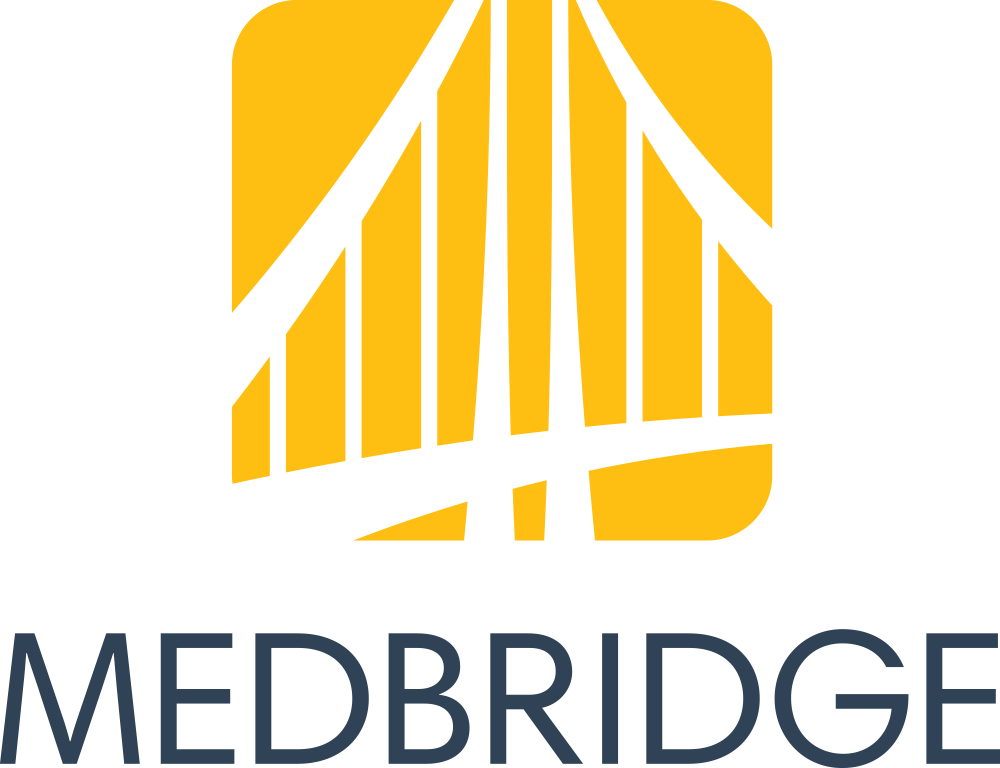Initially, I was myself skeptical about the potential of e-books, because I actually really appreciate the value of traditional paper, particularly picture books, in therapy activities. However, I think iBooks is worth SLPs' time for a few reasons:
- Books published through the iTunes store (there are many free books there as well) are becoming more interactive and therefore offer great opportunities for describing 3D pictures, completing tap-and-drag activities that can be used to target sorting, sequencing, and cause-effect, and narrating or discussing video clips.
- iBooks can be used to access ePub books, the format of most downloadable books, which are themselves interactive in navigation via the use of tappable tables of contents. Additionally, when words are tapped/held in ePub books, the menu allows you to access a word definition, annotate via highlighting and notes, and activating text-to-speech, which has potential for targeting auditory comprehension as well as making material more accessible to struggling readers. You can see a good tutorial on the Speak Selection feature here from OTs with Apps.
- iBooks can also be used to save and display PDF files such as those that come on the CD-ROMs accompanying some commercial materials, but more on this in the next post!
- Presenting information through the glowy loveliness of the iPad can really grab students' attention and engage them even in less-than-fascinating material that is necessary for you to cover.
For a great example of a simpler iBook that could be used in speech-language sessions, check out Snapshot Picture Library's Baby Animals. This book has adorable photographs of a variety of young animals and could be used to target descriptive skills, understanding of cause-effect relationships, and text structure. For example, the book contains lists (enumeration-a key text structure, essentially abstract categorization you can teach through use of graphic organizers) of how different animals are born, how they protect themselves, and their native geographic habitats. This book would be a great choice for primary grades.
Thanks to a tweet today by Tony Vincent, I discovered another great series of iBooks that can be used to target language within the context of content material: ScienceWerkz. ScienceWerkz publishes fun, magazine-style eBooks with interactive features and video. Our World of Materials is free, and other books in the series such as Energy, Cells and Heat are currently on sale for $.99, a good buy if you work with upper elementary or middle school students.
Here's a nice video walkthrough of Our World of Materials. Check out that Clothing Materials interactive! I didn't know eBooks could function like interactive websites! In the embedded interactive, students can choose to clothe characters in different types of materials, including metal, and see the resulting effect, providing a great opportunity to elicit causal and descriptive language in context.
I will be discussing the connection between iBooks and PDFs in a future post.
How are you using the iBooks app in your work? Let us know in the comments!





No comments:
Post a Comment